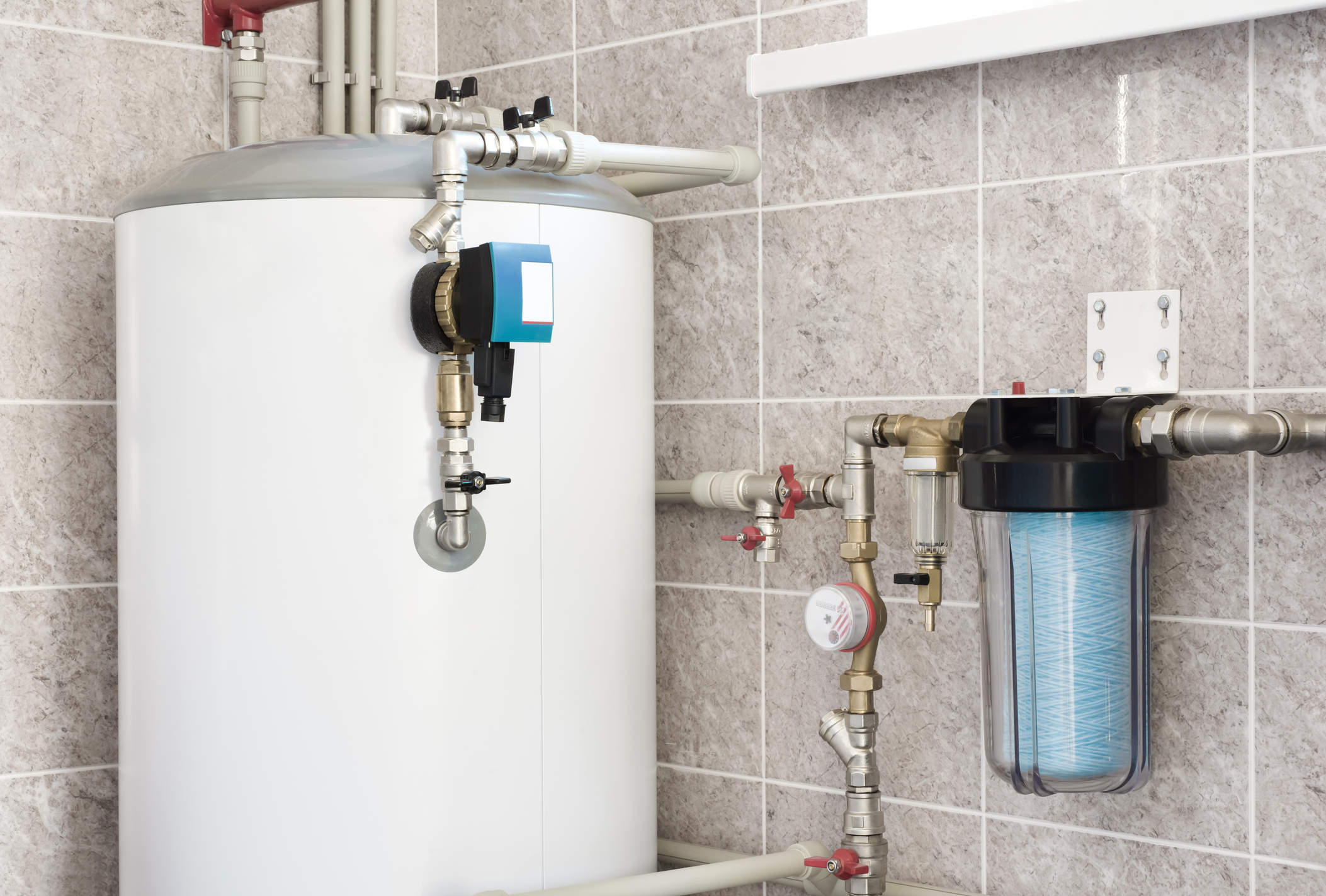Step-by-Step Steps to Caring for Your Home's Hot Water System
Step-by-Step Steps to Caring for Your Home's Hot Water System
Blog Article
What're your thoughts concerning Tips on Maintaining a Water Heater?
:max_bytes(150000):strip_icc()/how-to-drain-a-water-heater-2719055-hero-35f0548b0f1f42f0b13ba96a33ab8da2.jpg)
Hot water is vital for everyday comfort, whether it's for a rejuvenating shower or washing meals. To guarantee your warm water system runs effectively and lasts longer, normal upkeep is essential. This article gives functional ideas and insights on how to keep your home's warm water system to prevent disturbances and pricey repair work.
Introduction
Keeping your home's warm water system may seem overwhelming, yet with a few simple actions, you can guarantee it operates efficiently for many years to come. This overview covers every little thing from comprehending your hot water system to DIY maintenance pointers and recognizing when to employ expert help.
Importance of Maintaining Your Warm Water System
Routine maintenance not only expands the life expectancy of your hot water system but additionally guarantees it operates efficiently. Disregarding upkeep can cause lowered performance, higher energy costs, and also early failing of the system.
Signs Your Hot Water System Demands Maintenance
Knowing when your warm water system needs attention can protect against major concerns. Watch out for indicators such as inconsistent water temperature level, strange sounds from the heater, or rustic water.
Flushing the Water Heater
Purging your water heater gets rid of sediment build-up, improving effectiveness and lengthening its life.
Checking and Changing Anode Rods
Anode rods stop deterioration inside the storage tank. Evaluating and replacing them when broken is crucial.
Complicated Concerns Needing Specialist Aid
Examples consist of major leakages, electrical troubles, or if your water heater is constantly underperforming.
Routine Specialist Upkeep Benefits
Expert maintenance can consist of comprehensive examinations, tune-ups, and guaranteeing conformity with safety requirements.
Inspecting and Adjusting Temperature Setups
Adjusting the temperature setups makes certain optimal performance and safety and security.
DIY Tips for Maintenance
You can execute numerous maintenance tasks yourself to maintain your hot water system in leading problem.
Checking for Leakages
Regularly examine pipelines and connections for leakages, as these can result in water damages and greater bills.
Comprehending Your Warm Water System
Prior to diving right into maintenance tasks, it's valuable to comprehend the standard parts of your hot water system. Normally, this consists of the water heater itself, pipelines, anode poles, and temperature level controls.
Monthly Maintenance Tasks
Normal month-to-month checks can aid catch minor problems prior to they escalate.
Evaluating Pressure Alleviation Valves
Examining the stress safety valve guarantees it operates correctly and avoids extreme stress buildup.
Insulating Pipes
Protecting warm water pipelines decreases warmth loss and can conserve energy.
When to Call a Professional
While DIY maintenance is helpful, some concerns call for professional knowledge.
Final thought
Routine upkeep of your home's warm water system is important for effectiveness, durability, and expense financial savings. By adhering to these pointers and knowing when to seek professional help, you can ensure a dependable supply of hot water without unforeseen disturbances.
How to Maintain an Instant Hot Water Heater
Before tinkering with your hot water heater, make sure that it’s not powered on. You also have to turn off the main circuit breaker and shut off the main gas line to prevent accidents. Also turn off the water valves connected to your unit to prevent water from flowing into and out of the appliance. 2. When you’re done, you have to detach the purge valves’ caps. These look like the letter “T†and are situated on either side of the water valves. Doing so will release any pressure that has accumulated inside the valves while at the same time avoid hot water from shooting out and burning your skin. 3. When the purge valves’ caps are removed, you have to connect your hosing lines to the valves. Your unit should have come with three hoses but if it didn’t, you can purchase these things from any hardware or home repair shops. You can also get them from retail stores that sell water heating systems. Read the user’s manual and follow it to complete this task properly. When the hosing lines are connected, open the purge port’s valves. 4. You should never use harsh chemical cleaners or solutions when cleaning your unit. Make use of white vinegar instead. It should be undiluted and you’ll probably use about 2 gallons. 5. Now flush your water heater. This task should probably take about 40 minutes. We can’t give you specific directions for this because the procedure is carried out depending on the type, model and brand of your heater. With that being said, refer to the user’s manual. 6. When you’re done draining the unit, you have to turn off the purge port valves again. Remove the hosing lines that you earlier installed on each of the water valves. Put the valve caps (purge port) back in their respective places and be very careful so as not to damage the rubber discs that are found inside these caps. 7. Now that everything’s back in place, check your user’s manual again to find out how to reactivate your water heating system. 8. Once it is working, turn one of your hot water faucets on just to let air pass through the heater’s water supply pipes. Leave the tap on until water flows smoothly out of it. https://www.orrplumbing.com/blog/2014/september/how-to-maintain-an-instant-hot-water-heater/

I'm certainly very involved in How to Maintain a Hot Water Heater in a Few Simple Steps and I'm hoping you liked our article. Are you aware of someone else who is fascinated by How to Maintain Your Water Heater & Prolong its Life? Why not share it. Many thanks for taking the time to read it.
Call Today Report this page